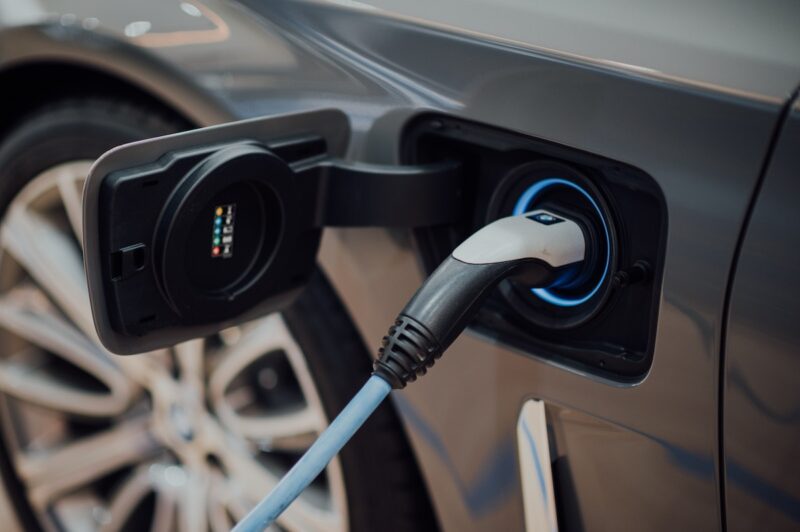Queensland has radically rejigged its rules for electric vehicle (EV) charging and is now allowing owners to charge using their own rooftop solar generation, but there is a trade off.
The latest edition of the Queensland Electricity Connection Manual (QECM) offers EV owners high maximum charging limits and the ability to tap into their household connection, in exchange for giving state DNSPs some control over how and when their car is charging.
The new rules will allow EVs to draw up to 15 kW from the grid at any one point in time.
That is throttled back to 1.5kW if the charger’s active management technology drops out or if the DNSP decides it needs to reduce the maximum import to manage the grid.
EVSE cofounder Brendan Wheeler says the trade off is good from a grid management perspective and speaks to the need for smart charging devices in homes.
“The challenge will be how does Ergon/Energex inform the customer that they are going to implement a stop based on a demand event?” he told The Driven
“The user experience would be important to consider, imagine you are planning to head off on a holidays road trip in a few hours time and you get stopped out, different to if you are just working from home and not too concerned.
Queensland rules evolve
The new rules for EV charging will start from February 2024, following significant backlash earlier this year against an initial attempt to manage EV charging in the QECM.
The previous edition required all EV chargers over 20 amps (which is all chargers, bar the slowest method of trickle charging) to be connected as controlled load.
This is a separate connection to the grid to the household connection, and meant the only way to use rooftop PV to charge an EV was to get out an extension cord and use a trickle charger, which can be plugged into any socket but only draws a maximum of 10 amps and charges at 2.4kW.
From February, EV owners will have some choices, if their charger comes with active device management technology: they can still use the controlled tariff, but there is also the option to use a dynamic connection, or another option to use what the QECM calls basic active management.
Both of these are part of the household “primary tariff”, a spokesperson for Ergon and Energex told TheDriven.
“These new innovative active management solutions support a customer’s own management of their flexible loads and embedded generation equipment behind the meter,” he says.
15kW is fine for most
For the main household connection, Queensland limits equipment to 20 amps. But if Queenslanders are willing to buy and use equipment with device management, which allows networks to switch that device off, that limit rises to 35 amps.
For EV chargers this is ideal – a normal EV charger is 32 amps, and while home chargers can go up to 22kW, most cars can only accept up to 7kW or 11kW.
And even then, most EV owners won’t need to regularly charge up to that limit, say Australian Electric Vehicle Association president Dr Chris Jones.
He says unless people forget to plug in overnight and need a quick and fast charge immediately, most cars will only be drawing 2-3kW, meaning the 15kW limit will allow multiple EVs to charge at the same time.

Rachel Williamson is a science and business journalist, who focuses on climate change-related health and environmental issues.

